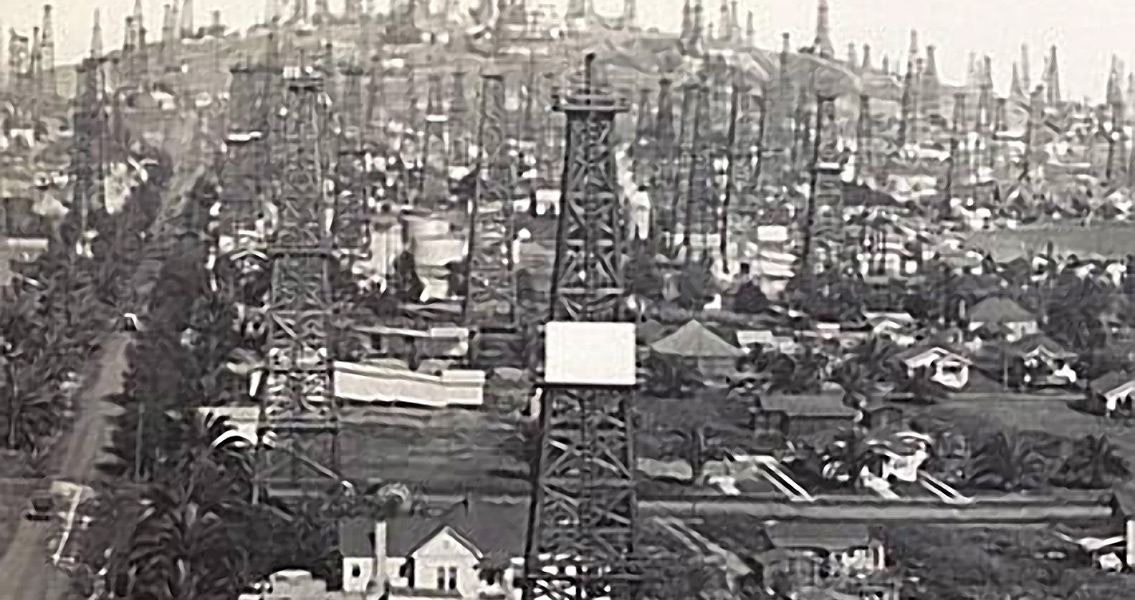<![CDATA[The possible causal links between oil drilling in the early twentieth century and earthquakes occurring in the state of California’s Los Angeles Basin are currently being explored by seismological experts. According to the Seismological Society of America, new research into a handful of quakes in 1920, 1929, 1930, and 1933 reveals that oil production activities may have played a role in triggering these seismic events. The study, conducted by the US Geological Survey’s Morgan Page and Susan Hough, is the first of its kind to look for links between industrial activity in Los Angeles prior to 1935 and earthquakes in the Long Beach, Santa Monica, Whittier and Inglewood regions of the basin. The researchers say that the tentative links they have discovered are not likely to happen today, as industry practices during the early twentieth century were substantially different to today’s methods. The oil and gas industry has evolved significantly since the 1920s and 1930s, which may be why other studies that have examined the area have concluded no earthquakes that occurred after 1935 could be linked to fossil fuel extraction. Hough added that it is entirely possible the phenomenon was limited to the early twentieth century. However, seismologists say that if the new data can be confirmed, it could reshape how scientists approach natural earthquake activity calculations when it comes to the LA Basin. The region, as a geological unit, may be much more stable than current estimates if the quakes from 1920 through 1933 are reclassified as caused by human activity, Hough suggested. Oil extraction began in Los Angeles in the late nineteenth century, when oil was discovered near the current location of Dodger Stadium in 1892. By 1923, oil fields in the LA Basin comprised almost 20 percent of global oil production. However, induced earthquakes are not thought to have been common during this time period. Studying this phenomenon posed several challenges to Hough and Page, not the least of which meant relying on property damage reports to estimate the magnitudes and epicenters for these seismic events. The use of seismometers was a rarity at best during this time period, necessitating trips to the CalTech archives to search for historical records. One such discovery Hough made included notes on the Whittier earthquake in 1929 penned by the famous seismologist Charles Richter. The researcher kept detailed records of his examinations of earthquake-damaged dwellings along San Gabriel Boulevard, Hough revealed. Additional research into online oil industry record databases summarizing California oil field operations in the early twentieth century also contributed data to the research project. The USGS researchers found that when they compared industry data with earthquake lists, several links were revealed between oil production activities in the regions and the quakes that followed. Drilling especially deep could easily help in inducing earthquakes, Hough remarked, as deep subterranean basement rock is where tectonically active faults are likely to be located. The related research article can be found online here Image courtesy of The Aerograph Co./ US Library of Congress]]>
Link Between Oil Drilling and California Earthquakes Examined
